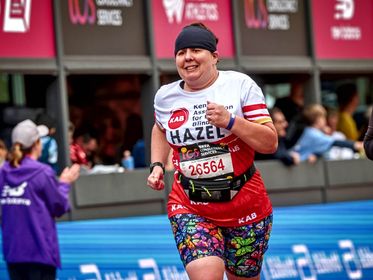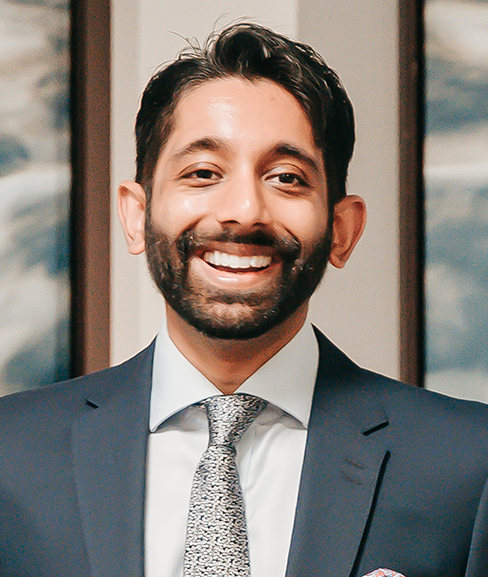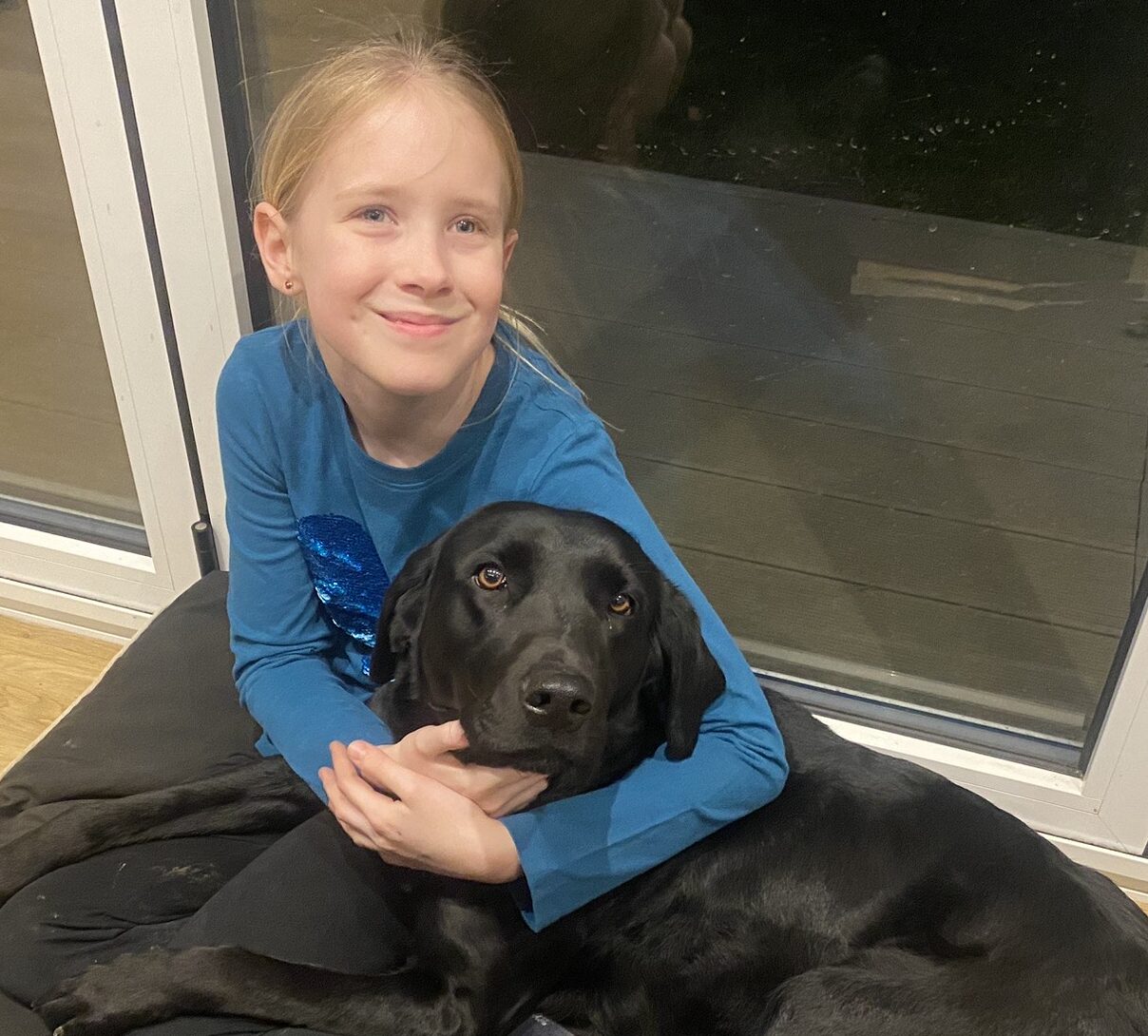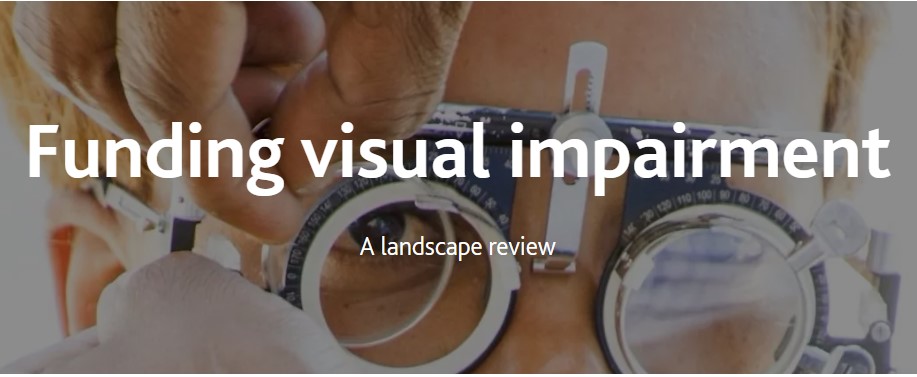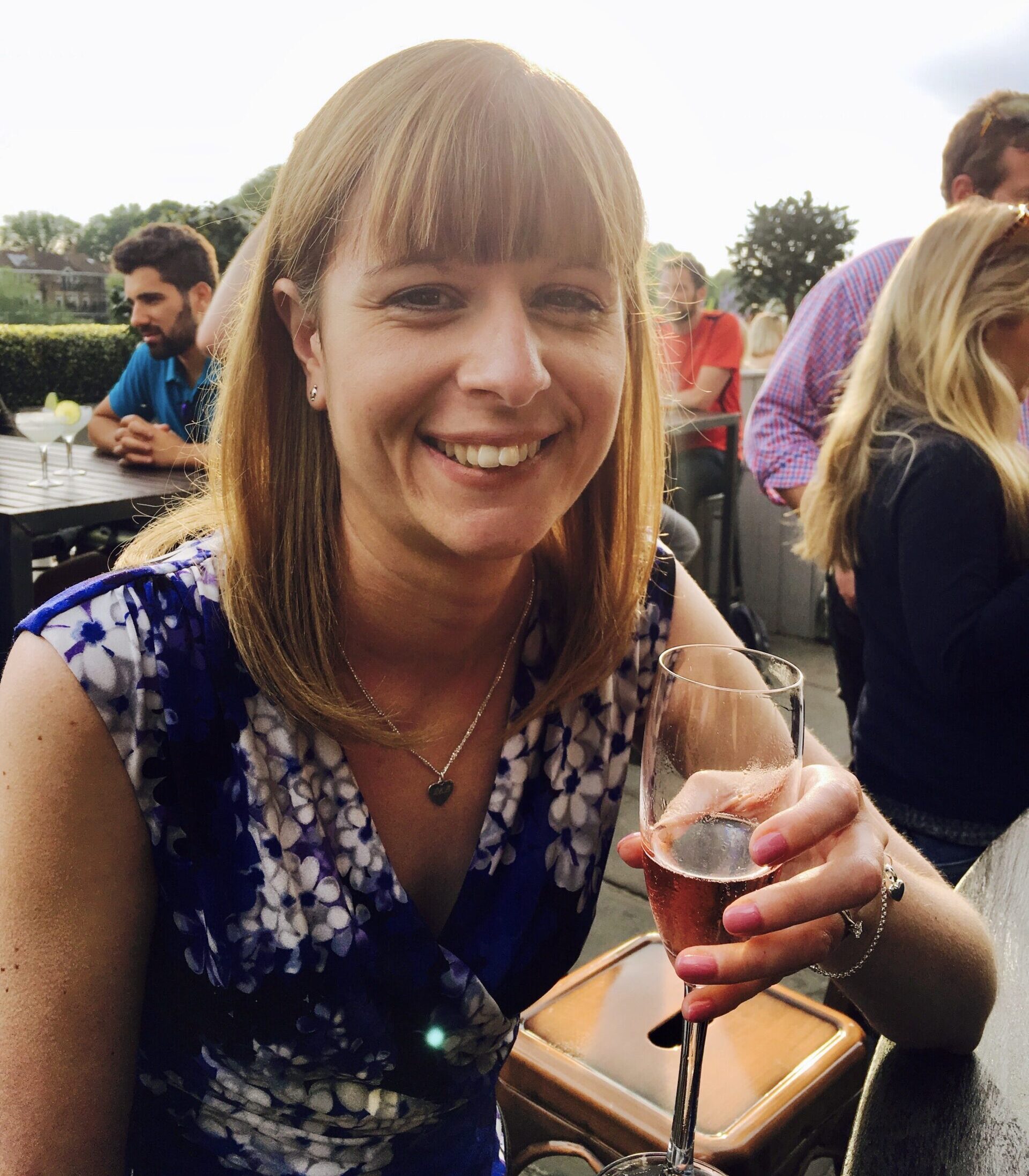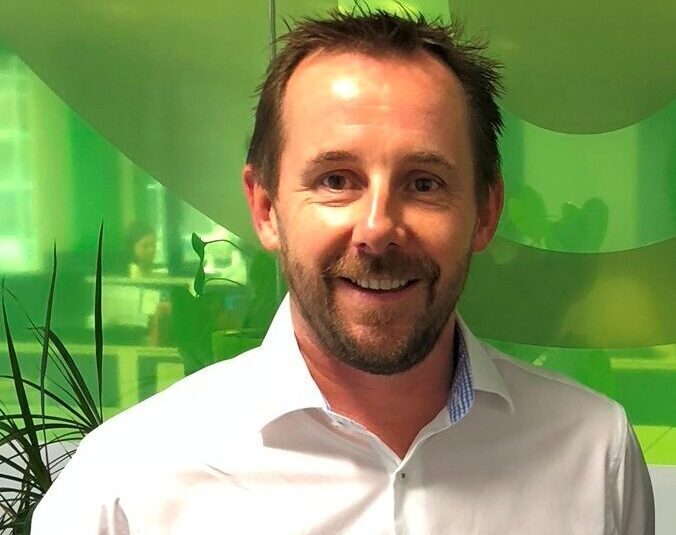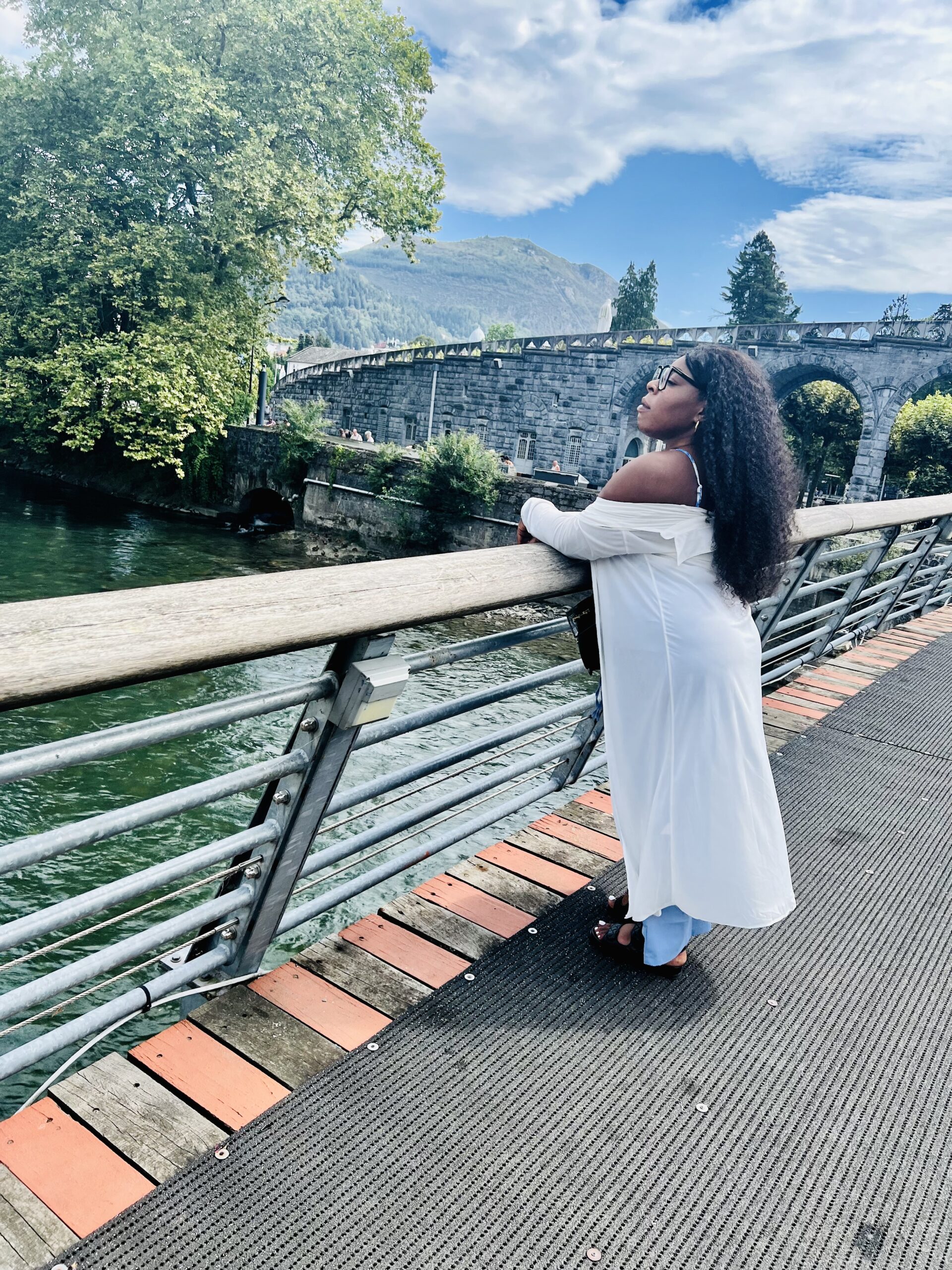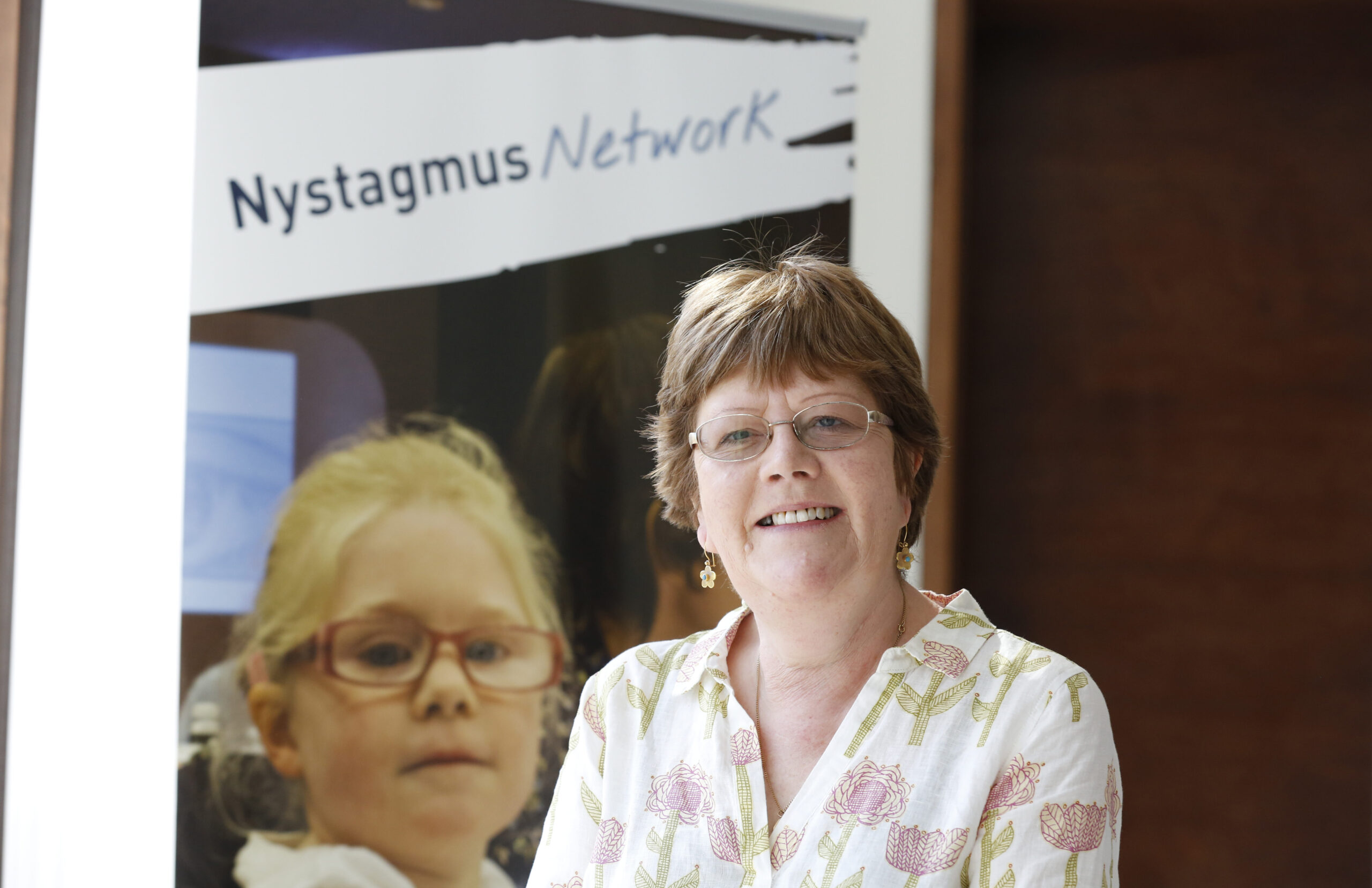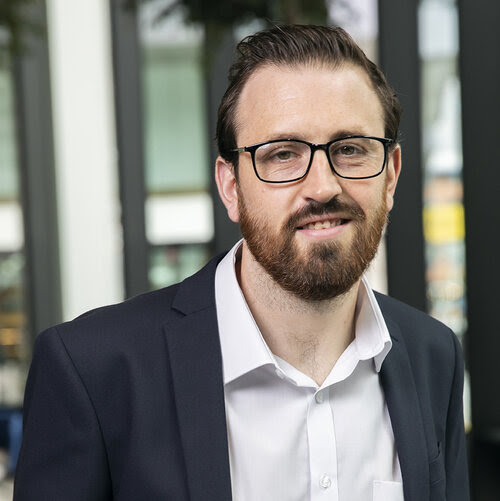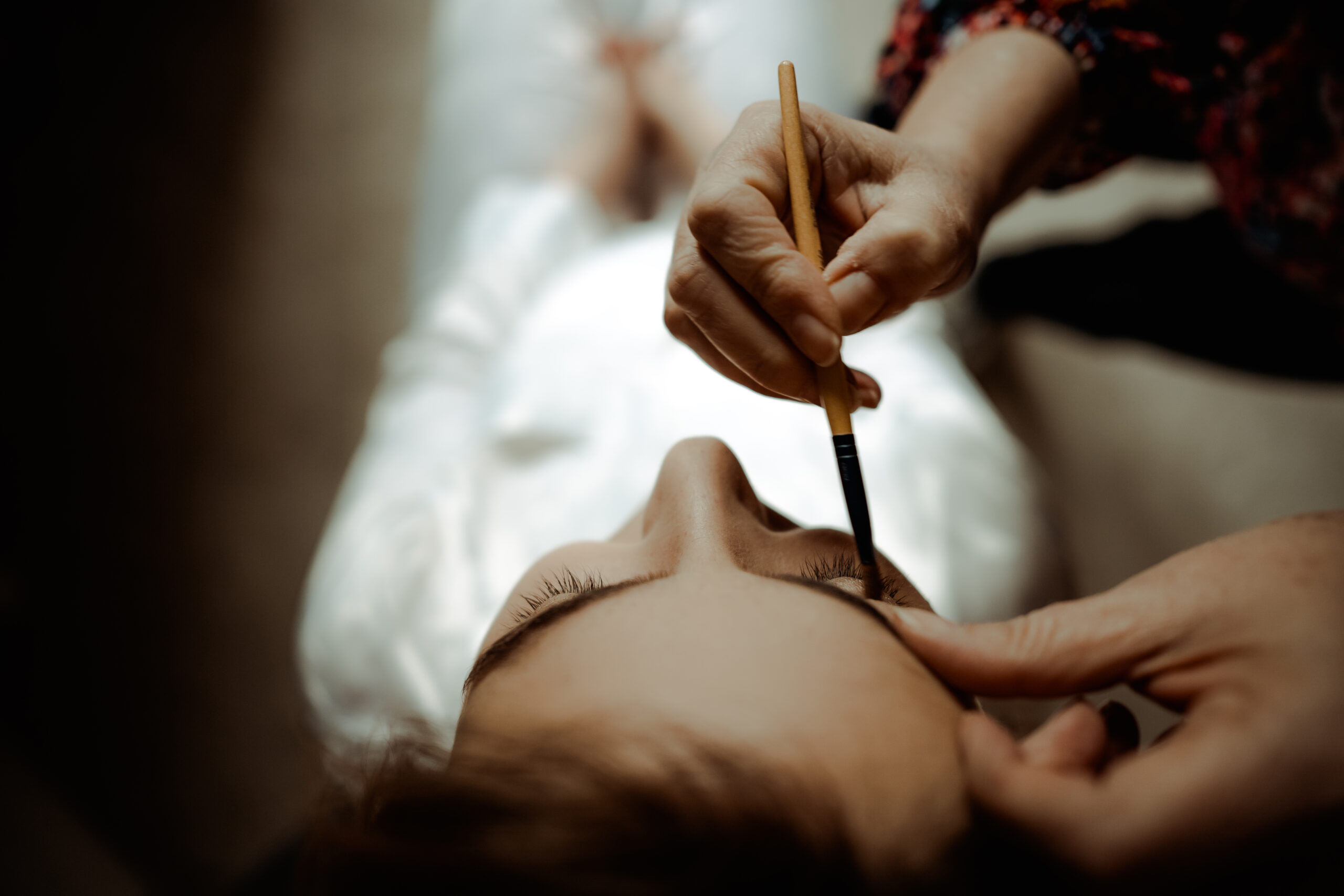Thank you to everyone who has shared their story for Nystagmus Awareness Day 2023 to help people understand the condition better.
You can share your story here
This is Hazel’s story …
I have had nystagmus my whole life associated with the childhood cataracts and related surgeries I had as a baby, but it was not until I was an adult that I learned it was a separate condition. Nystagmus is the wobble. No matter how hard I try my eyes move about on their own. This can make it difficult to maintain eye contact and sometimes people think you are being rude or are not interested because you are not looking at them when you are in conversation. Everyone is different and it is hard to know what is nystagmus and what is as a result of other eye problems. I don’t see any letters on the chart at the opticians any more and wear strong reading glasses to access large print. Assistive tech helps me keep working and I now use a long cane to help maintain my independence. Yes, some days are hard. There are things I can’t do or things that just take longer but many things I can do. So I have embraced all the opportunities in life that come my way and am grateful for supportive friends and colleagues. I am married with 2 almost grown-up kids, work part time, volunteer as a school governor and a trustee for my local sight loss charity. Two years ago I took up running and ran my first marathon in London in April.

